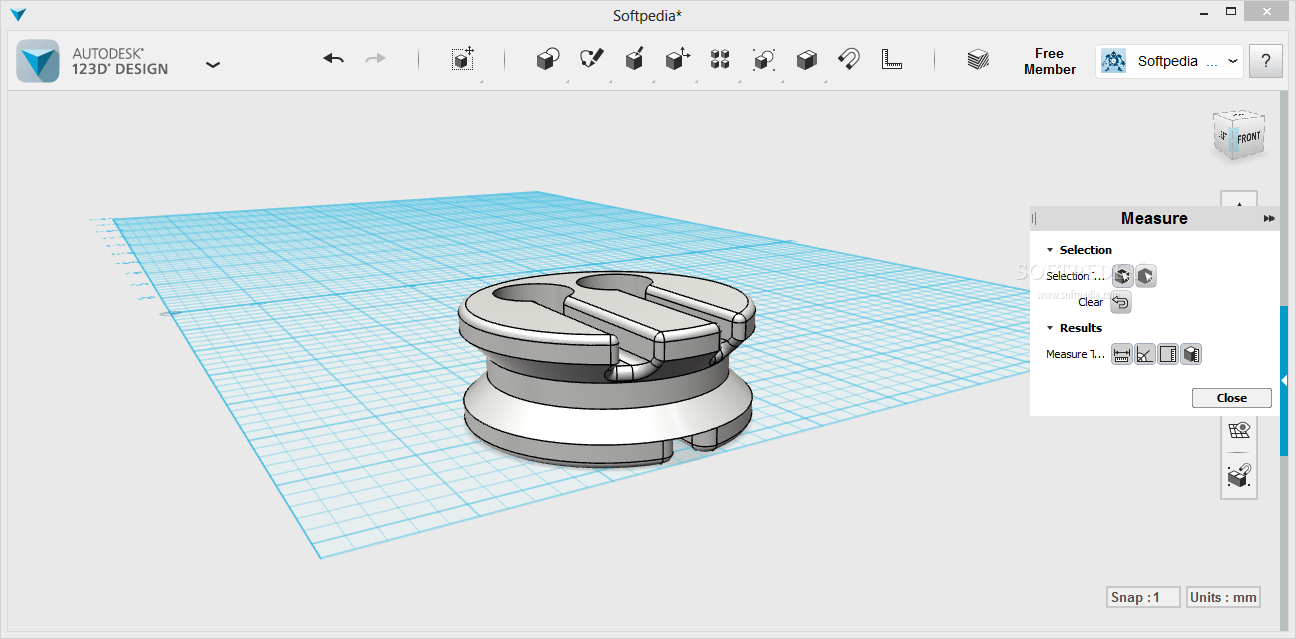

Settings: I chose monochrome and sharpen.ģ.

Take a picture of each layer (jpg on iphone), save and upload to Online SVG image converter. The image needs to be solid fill with black marker on white paper.Ģ. This example shows 3 layers (students used 2 layers in the cell project). Thanks to for sharing her steps for single extrusion and Ainslie Martin for the drawings.ġ. Lesson: Turning 2D Drawings into 3D Designs Using Dual Extrusion The final step was a class presentation (which included the function of the cell in body systems and their design process). Throughout the research and design process, it was evident that students were developing a deeper understanding of their cell and how it related to their chosen topic as they asked questions and revised their project notes. As a next step, students will be using these skills in geography to create 3D printed terrain maps.Ĭreating a 3D neuron: Dendrites are detailed and difficult, so the girls added 2 drawings to their axon, which was designed using the software. Below are some of the final cell models and the lesson I used to model the process. nucleus) which they had previously designed using the software. Their drawn structures were then combined with some of the simpler shapes (e.g.
#Autodesk 123d design for education requirements how to
mitochondrion, dendrite), students then learned how to bring their 2D drawing of a cell structure into the software (we use Autodesk’s 123D Design). Because some of the organelles or structures are difficult to produce using the 3D design software (e.g. Each structure was assigned one of the colours in each extruder. I started the process by teaching students how to dual extrude by creating a simple cell base and adding a nucleus.

This year, students learned how to design and create their cell models using our 3D printer with dual extruders. 8 Cells Science Unit, students usually produce a cell model.


 0 kommentar(er)
0 kommentar(er)
